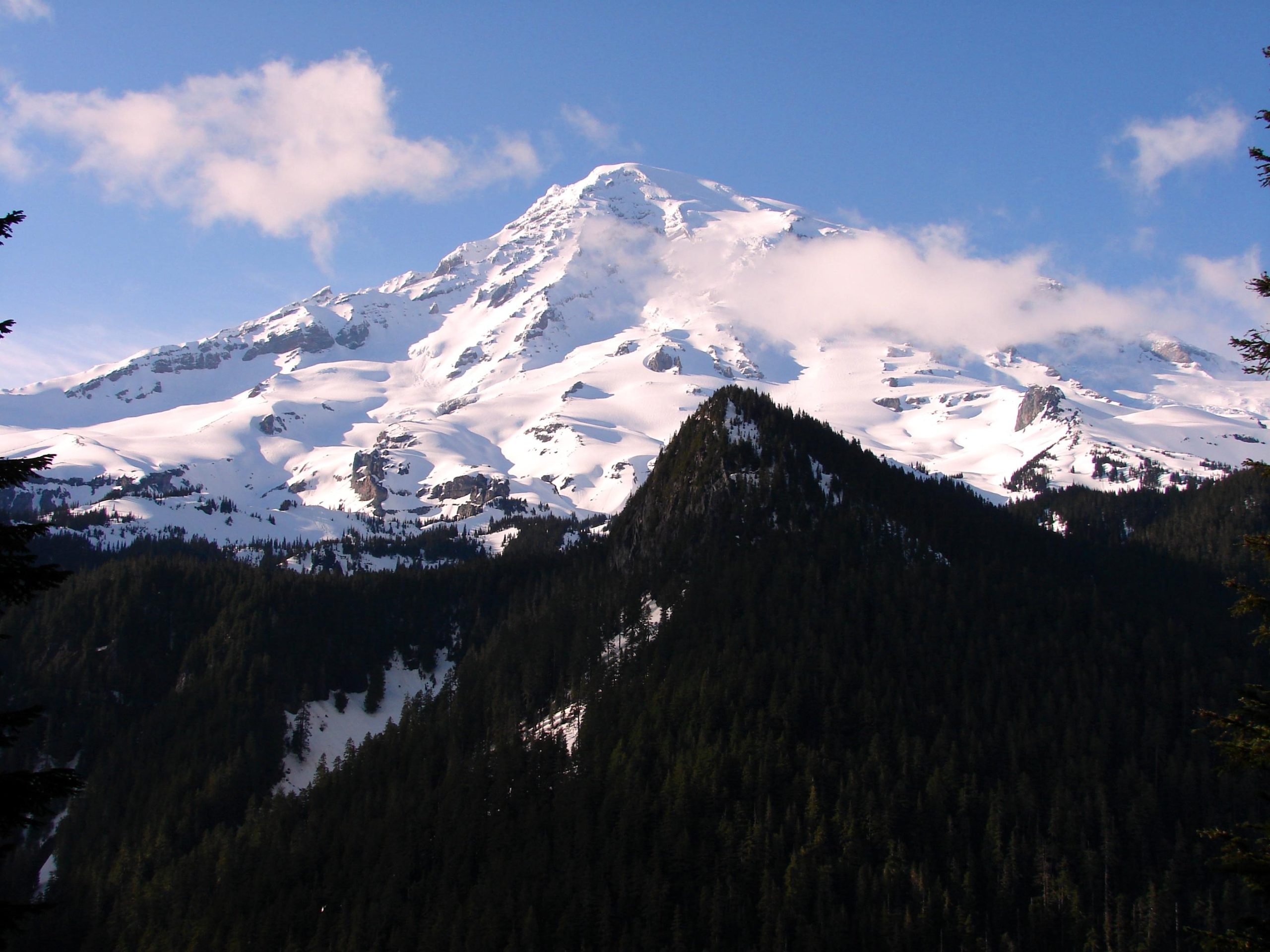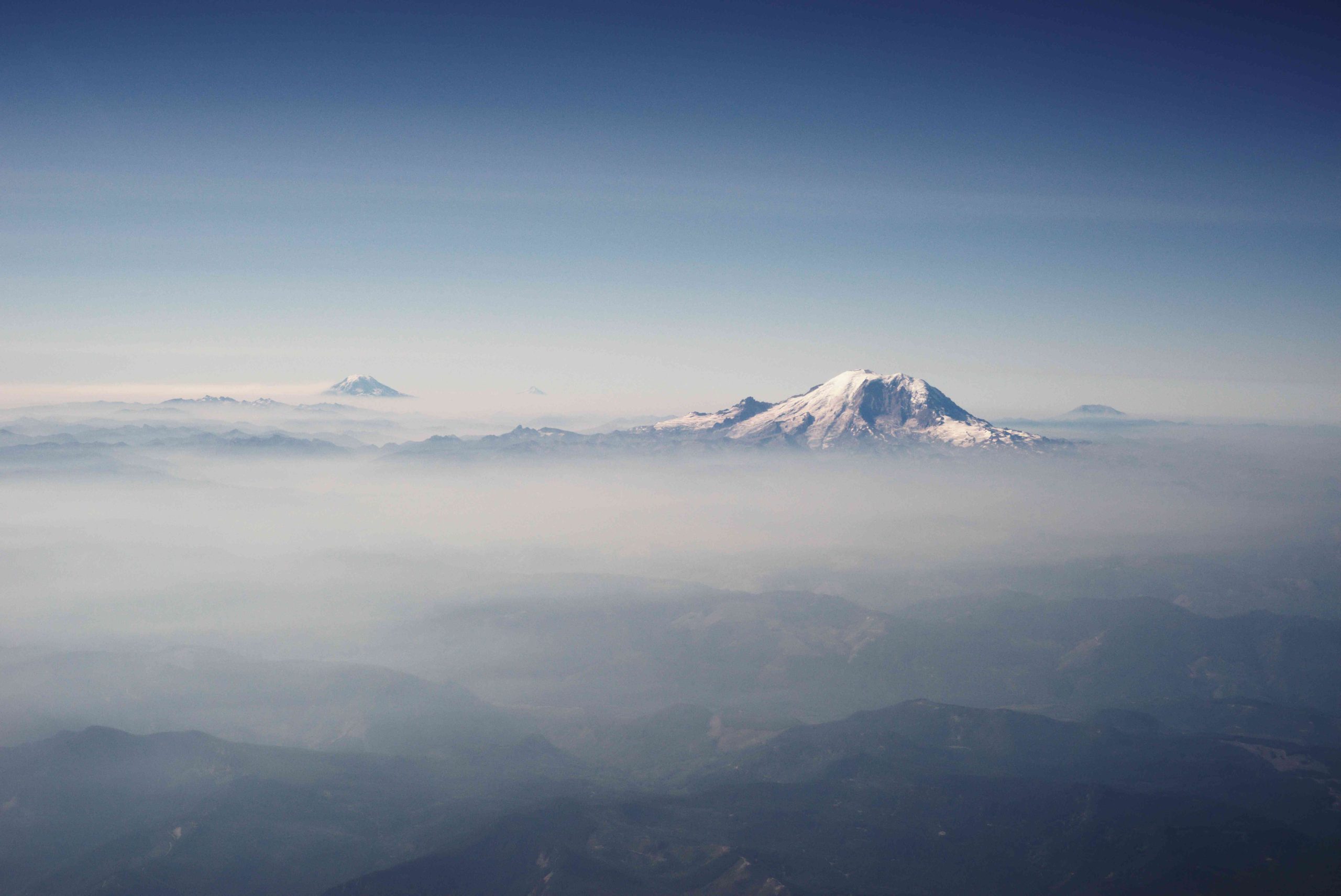The Skyline/Muir Snowfield Trail at Mount Rainier Washington is a challenging and breathtaking hiking route that leads to Camp Muir, a high-altitude base camp for climbers attempting to summit Mount Rainier. This strenuous trail begins at Paradise, ascends through diverse alpine terrain, and culminates on the snow-covered Muir Snowfield. Hikers experience dramatic elevation gain, stunning panoramic views, and the unique opportunity to trek on a permanent snowfield. The trail requires proper preparation, navigation skills, and awareness of rapidly changing mountain weather conditions.
What is the Trail’s Starting Point and Route?

The Skyline/Muir Snowfield Trail begins at the Paradise area on Mount Rainier’s south side. Here’s a breakdown of the route:
- Trailhead: Upper parking lot at Paradise (elevation: 5,400 feet)
- Initial segment: Follow Skyline Trail for 2.3 miles
- Junction: Reach Pebble Creek (elevation: 7,221 feet)
- Final stretch: Continue on Muir Snowfield for 2.9 miles
- Destination: Camp Muir (elevation: 10,188 feet)
Total distance: Approximately 5.2 miles one-way
Elevation gain: 4,788 feet
What are the Current Trail Conditions?

Trail conditions on the Skyline/Muir Snowfield Trail vary significantly throughout the year:
- Summer (July-September):
- Lower sections mostly snow-free
- Muir Snowfield remains snow-covered
- Potential for exposed crevasses late in the season
- Spring and Fall:
- Increased snow coverage
- More challenging navigation
- Winter:
- Extreme conditions
- Recommended for experienced mountaineers only
Always check the latest conditions with Mount Rainier National Park before your hike.
What Gear is Essential for this Hike?
Given the challenging nature of the Skyline/Muir Snowfield Trail, proper gear is crucial:
- Sturdy hiking boots
- Trekking poles
- Crampons or microspikes (depending on conditions)
- Ice axe (for steep snow sections)
- Sun protection (sunglasses, sunscreen, hat)
- Layers of moisture-wicking and insulating clothing
- Rain gear
- Navigation tools (map, compass, GPS)
- Headlamp with extra batteries
- First aid kit
- Emergency shelter
- Plenty of food and water
How Long Does the Hike Take?
The duration of the hike varies based on fitness level, weather conditions, and time spent at Camp Muir:
- Average time: 8-10 hours round trip
- Ascent: 4-6 hours
- Descent: 3-4 hours
It’s crucial to start early in the day to allow ample time for the return trip and to avoid afternoon weather changes.
What are the Key Safety Considerations?
Safety is paramount on the Skyline/Muir Snowfield Trail:
- Weather: Be prepared for rapid changes in conditions
- Navigation: The Muir Snowfield is unmarked; know how to use a map and compass
- Altitude: Acclimatize properly and be aware of altitude sickness symptoms
- Fitness: Ensure you’re physically prepared for the strenuous hike
- Hydration: Drink plenty of water and bring water treatment methods
- Sun exposure: Protect against intense UV radiation at high altitudes
- Crevasses: Be aware of potential hidden crevasses, especially late in the season
- Turn-around time: Set a firm turn-around time regardless of reaching Camp Muir
What Permits are Required?
To hike the Skyline/Muir Snowfield Trail, you’ll need:
- Park entrance fee: Standard Mount Rainier National Park entrance fee
- Climbing permit: Required if planning to go above 10,000 feet (Camp Muir is at 10,188 feet)
- Wilderness permit: Not required for day hikes
Note: For 2024, a Timed Entry Reservation is required to enter the Nisqually Entrance between 7 am and 3 pm from late May through early September.
What are the Best Times to Hike?
The optimal hiking season for the Skyline/Muir Snowfield Trail is:
- Peak season: Mid-July to early September
- Shoulder seasons: Late June to early July and mid-September to early October (more challenging conditions)
Factors to consider:
– Snow conditions
– Weather stability
– Daylight hours
– Crowd levels
How to Prepare for Changing Weather?
Mount Rainier’s weather is notoriously unpredictable. To prepare:
- Check multiple weather forecasts before your hike
- Bring layers for various conditions (cold, wind, rain, sun)
- Be prepared to turn back if conditions deteriorate
- Understand basic cloud formations and weather patterns
- Carry emergency shelter and extra food/water
What Wildlife Might You Encounter?
The Skyline/Muir Snowfield Trail passes through diverse ecosystems. Potential wildlife sightings include:
- Marmots
- Pikas
- Mountain goats
- Black bears (lower elevations)
- Various bird species
Remember to maintain a safe distance from all wildlife and never feed animals.
How to Practice Leave No Trace Principles?
Preserving Mount Rainier’s fragile alpine environment is crucial:
- Pack out all trash
- Stay on designated trails when possible
- Use established restrooms or practice proper waste disposal
- Avoid picking flowers or disturbing plant life
- Respect wildlife by observing from a distance
- Minimize campfire impacts (no fires allowed on the Muir Snowfield)
By following these principles, you help protect this unique ecosystem for future generations.
